Taiwan and India:
Partners with Shared Democratic Values An Interview with ITA Director General Manharsinh Yadav
Cathy Teng / photos by Jimmy Lin / tr. by Phil Newell
June 2024

In March, not long after the Lunar New Year festivities in Taiwan, India also welcomed the spring with the celebration of Holi, one of the country’s major festivals. The India–Taipei Association, India’s representative office in Taiwan, marked the day by holding a Holi celebration in Green River Park in Yonghe, New Taipei City.
Shortly after the event kicked off, Manharsinh Laxmanbhai Yadav, director general of the India–Taipei Association (ITA), spoke from the stage, explaining the significance of Holi in Indian culture. In keeping with the traditions of Holi, Mr. Yadav and the guest for the event, Taiwan’s then foreign affairs minister, Joseph Wu, applied colors to each other, after which Mr. Wu gave a speech appreciating this colorful Indian tradition that attracts attention from around the world. Wu shared that he had immediately accepted his invitation to the event, as he was eager to experience the Festival of Colors. At the vibrant celebration, the two gentlemen, covered in various colors, enthusiatically joined in the festivities and enjoyed the delicious Holi snacks.
Holi in Taiwan
Holi, the Festival of Colors, is one of the most important holidays celebrated in India. At the time when the warmth of spring brings colorful flowers and the Earth welcomes the vitality of life in all its forms, Indians mark the arrival of this season by playing with colors.
As master of ceremonies, Yadav noted that Holi celebrates the triumph of good over evil, while the plethora of colors used in the celebrations also symbolize the great diversity and pluralism of India. For Indians, Holi has a further significance as the day on which an uprising began in 1857 that marked the start of a great rebellion against colonial rule.
Joseph Wu added a novel Taiwanese interpretation to the activities by noting: “In Mandarin, hòu lǐ [厚禮] is ‘abundant gifts.’ And in Taiwanese, hōo lí [予你] means ‘giving to you.’ So today, in essence, when we celebrate Holi, we are also celebrating the abundant gifts which life is able to give us.”
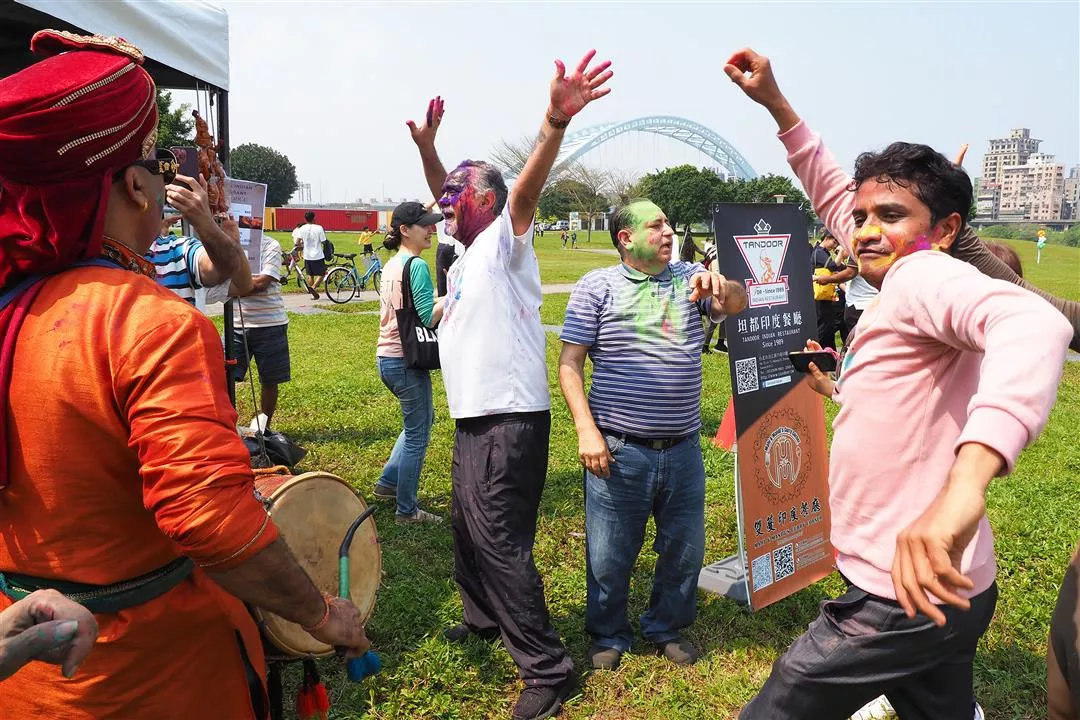
At the Holi Festival, people dance without restraint as they welcome the spring.
Taiwan–India friendship
Taiwan and India established representative offices in each other’s capitals in 1995, so 2025 will mark the 30th anniversary of this event.
Taiwan–India relations have become markedly more active under India’s current prime minister, Narendra Modi, who took office in 2014. Taiwanese deputy foreign affairs minister Tien Chung-kwang, who was formerly stationed in India for many years, has said that Taiwan and India enjoy a high degree of complementarity in terms of economics and trade, with India being a major software producer and Taiwan having advanced technology and a strong high-tech manufacturing sector. Relations have improved even more thanks to the shared goals and vision of Taiwan’s New Southbound Policy and India’s Act East Policy.
People-to-people ties have also flourished. We still remember how, when Taiwan Panorama visited India in 2016, Tien told us the story of his interactions with Indian social activist Kailash Satyarthi, who won the Nobel Peace Prize in 2014. Many young Taiwanese were volunteering at Satyarthi’s non-governmental organizations, giving him a positive impression of Taiwan. When Tien invited him to visit Taiwan, he immediately replied, “OK, I want to go see how my children are doing.” Satyarthi visited Taiwan the year after winning the Nobel Prize.
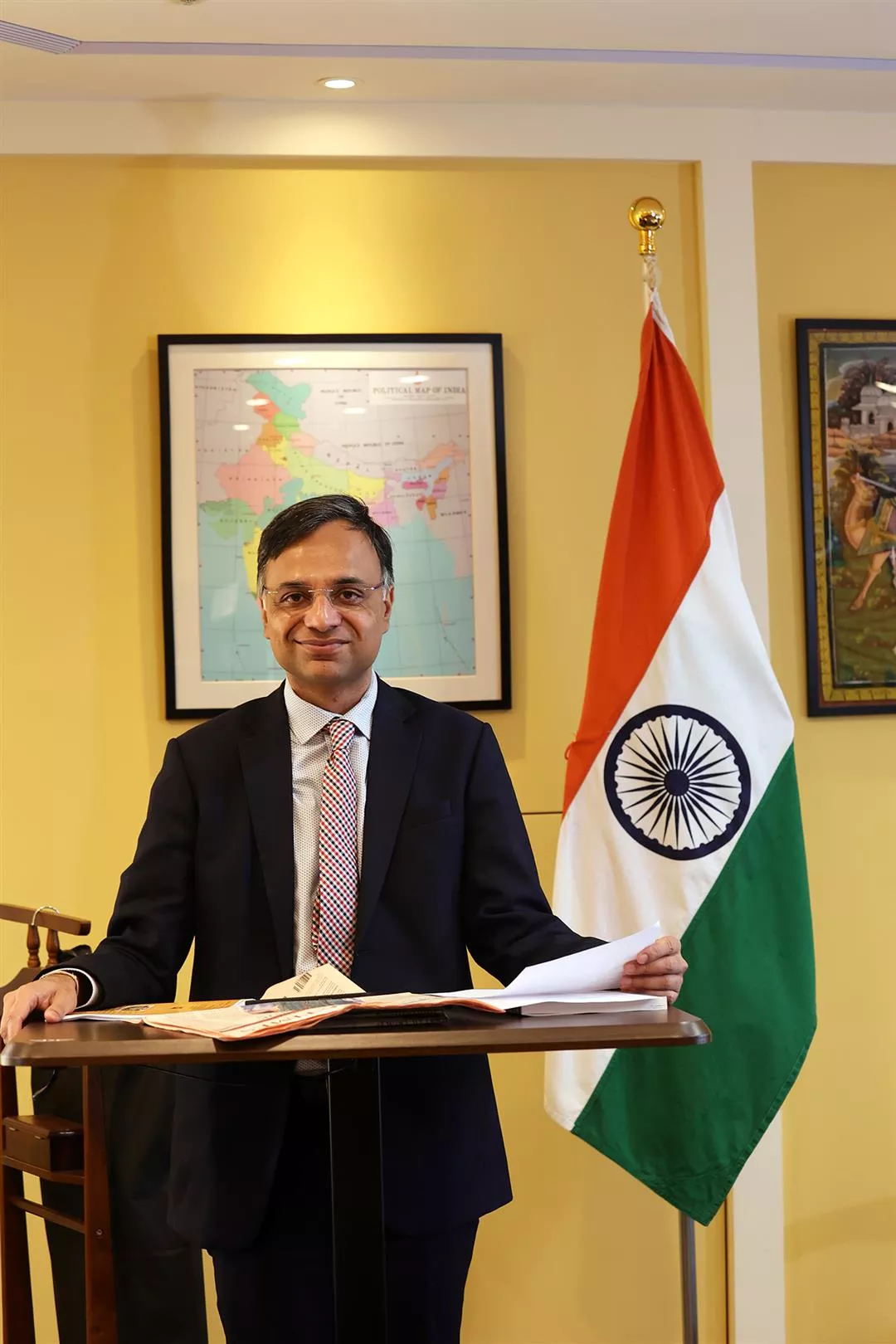
When Yadav talks of his impressions of Taiwan, he stresses three terms: democracy, innovation, and diversity.
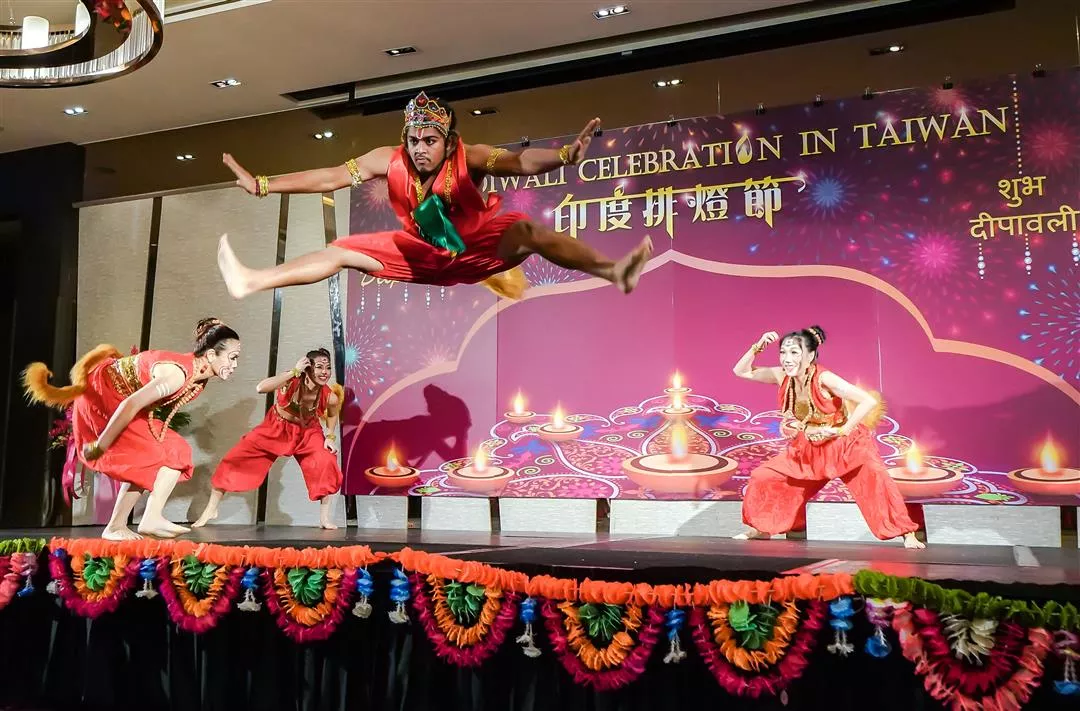
In recent years Taiwan–India interactions have multiplied and Indian holidays are often celebrated in Taiwan. (photo by Lin Min-hsuan)
The charm of an island
Having lived here for almost a year now, when describing his impressions of Taiwan Yadav invariably uses three terms: democracy, innovation, and diversity.
When he first learned of his assignment to Taiwan, Yadav was very excited about the posting as he was aware of the many novel developments taking place on the island. “I had heard that it is an innovative society, and of course the relationship between India and Taiwan was growing. Taiwan is not only our technology partner, but it is also a very important trade and investment partner in the Indo-Pacific.”
Yadav, who has a background in computer engineering, had long known about Taiwan’s strong high-tech sector and the world-leading position of its semiconductor industry, as well as its work towards gender equality. He was also aware of the similar importance placed on democratic values in both India and Taiwan. These are all aspects of Taiwan that are widely understood in Indian society. But after actually arriving in Taiwan, Yadav gained greater insight: “What really surprised me is the humility that people have in Taiwan. Even experts are easy to talk to, they are easily accessible.”
“The second thing that impressed me is the urge that Taiwanese people have to become global citizens, to become international people. This makes them very open. They are willing to learn about other cultures and they have a deep appreciation of other cultures.”
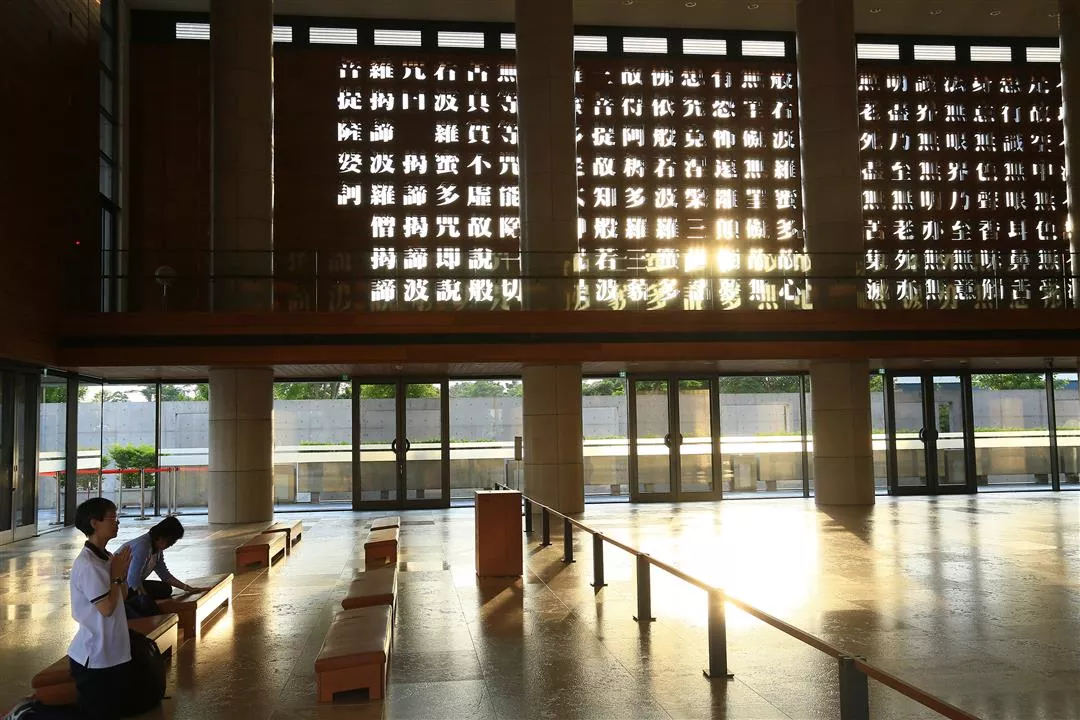
In Taiwan and in India people value spirituality.
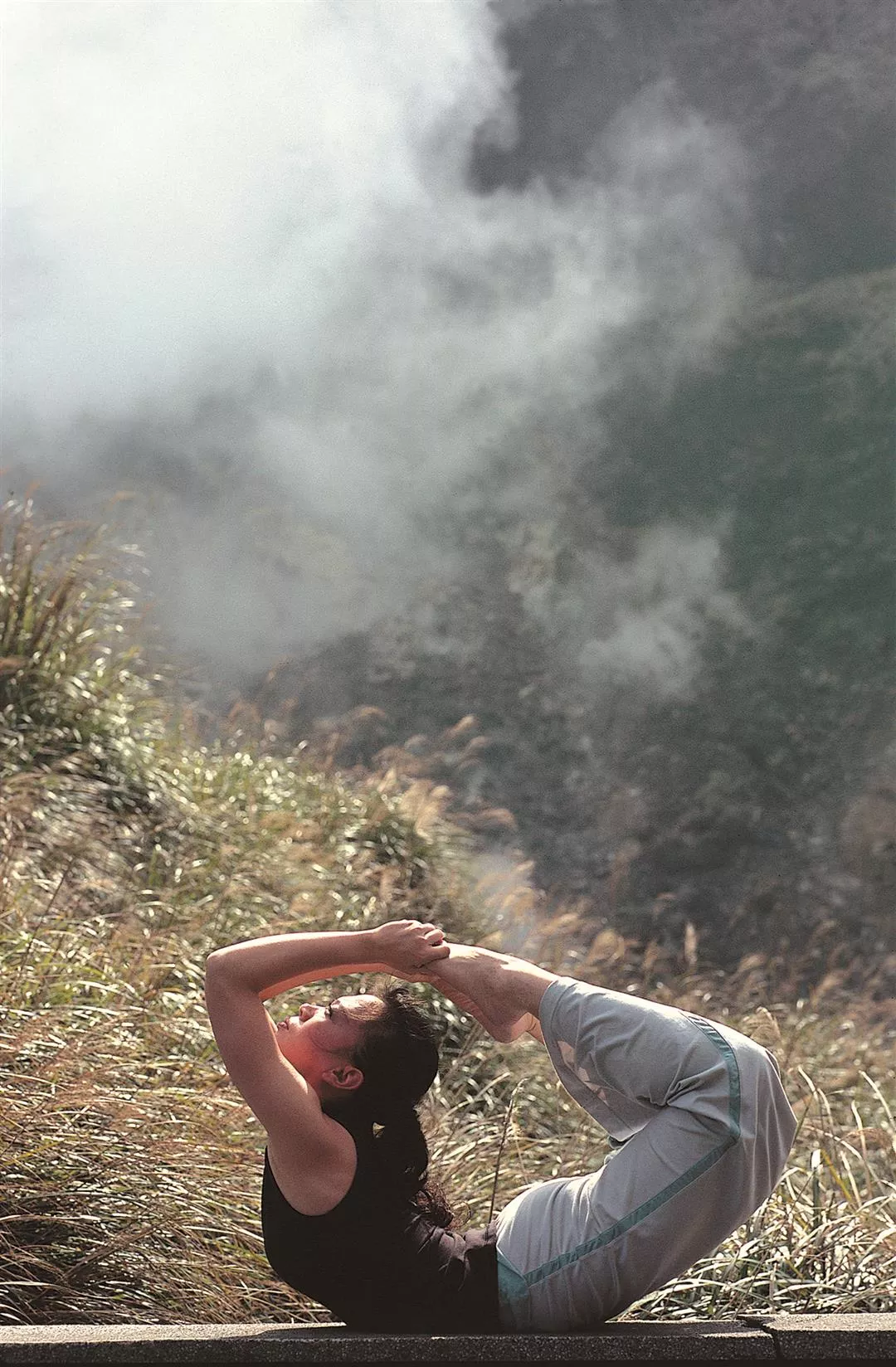
Yoga, which originated in India, is very popular among Taiwanese. (MOFA file photo)
India: The world’s largest democracy
India has an ancient civilization, a population of over 1.4 billion, 22 official languages, and great ethnic diversity, and it is the place of origin of several of the world’s major religions, including Buddhism, Hinduism, Sikhism, and Jainism. It is markedly different from Taiwan, an island with a population of 23 million, in terms of ethnicity, culture, and scenery. Nevertheless, says Yadav, there are also similarities between the two.
One of the sources of commonality is Buddhism. India is where Buddhism originated, and this religious faith has taken deep root in Taiwan and been embraced by its people. “Both our societies are spiritual. A lot of commonalities come out of this shared culture, such as love for yoga and love for meditation.”
A second similarity is democracy. Taking up his post in August of 2023, Yadav was just in time to experience the presidential election in Taiwan, especially the campaigning by the competing parties. He says that many issues are debated in Taiwanese society, and supporters of every viewpoint have abundant opportunities to express their ideas, making Taiwan’s elections very intriguing. In India, meanwhile, general elections for the Lok Sabha (House of the People), the lower house of the Indian parliament, began in April 2024, launching six weeks of balloting in the country with world’s largest electorate. Analysts note that this year some 970 million Indians are eligible to vote, accounting for 12% of the global population. The successful implementation of an election of this nature depends on a comprehensive electoral system and the democratic literacy of the people. This is something that India and Taiwan share in common: “I can see a lot of similarities in how democracy plays out,” says Yadav. He adds that democracy makes both societies very open, creative, and dynamic.
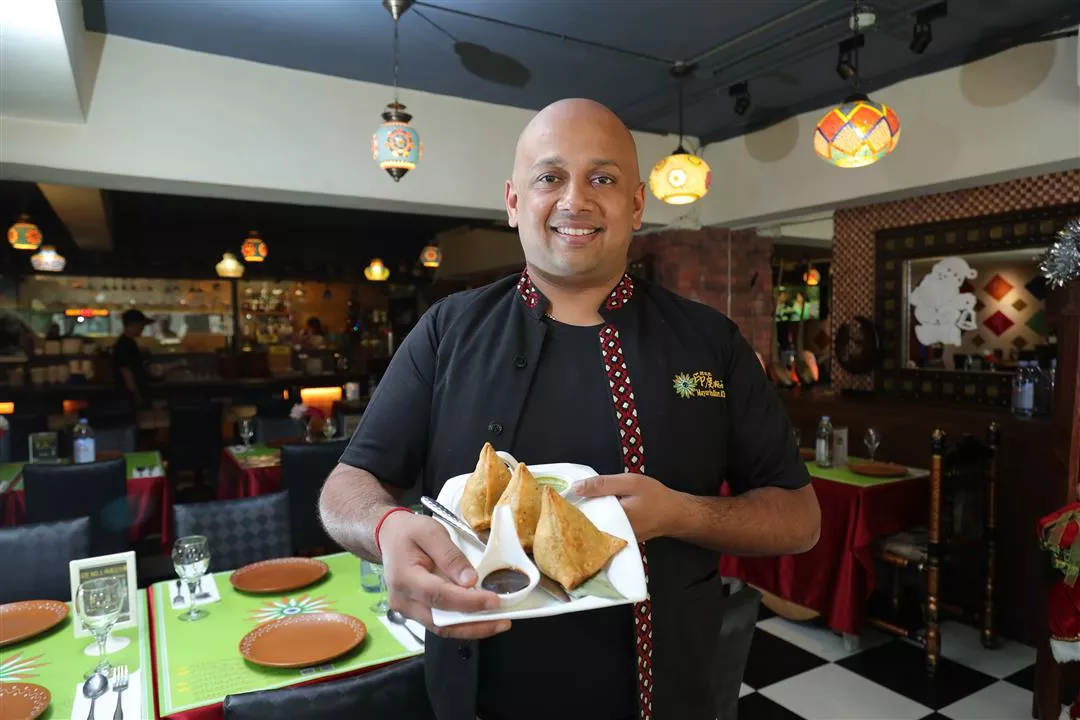
Taiwanese are very accepting of things from foreign lands, as the large number of Indian restaurants on the island testify.

Come drink some tea!
Taiwan and India also share tea culture.
In Taiwan, people often say to friends: “Come over if you’re free and we’ll drink some tea.” Yadav, who hails from Junagadh in the state of Gujarat in Western India, tells us of the traditions of his birthplace: “I come from a part of Gujarat called Saurashtra. According to our culture, we cannot allow any guest to go from our home without having tea. If you go to a Saurashtra person’s place, you cannot get away without having tea.” He also mentions that at holidays or social events, when one may have to visit ten or more friends in a row, one will get presented with ten or more cups of tea. Under these circumstances, Yadav says with a smile, all you can do is sip a little tea at each home. This is like the custom in Taiwan of hosts showing their hospitality by always keeping their guests’ teacups filled.
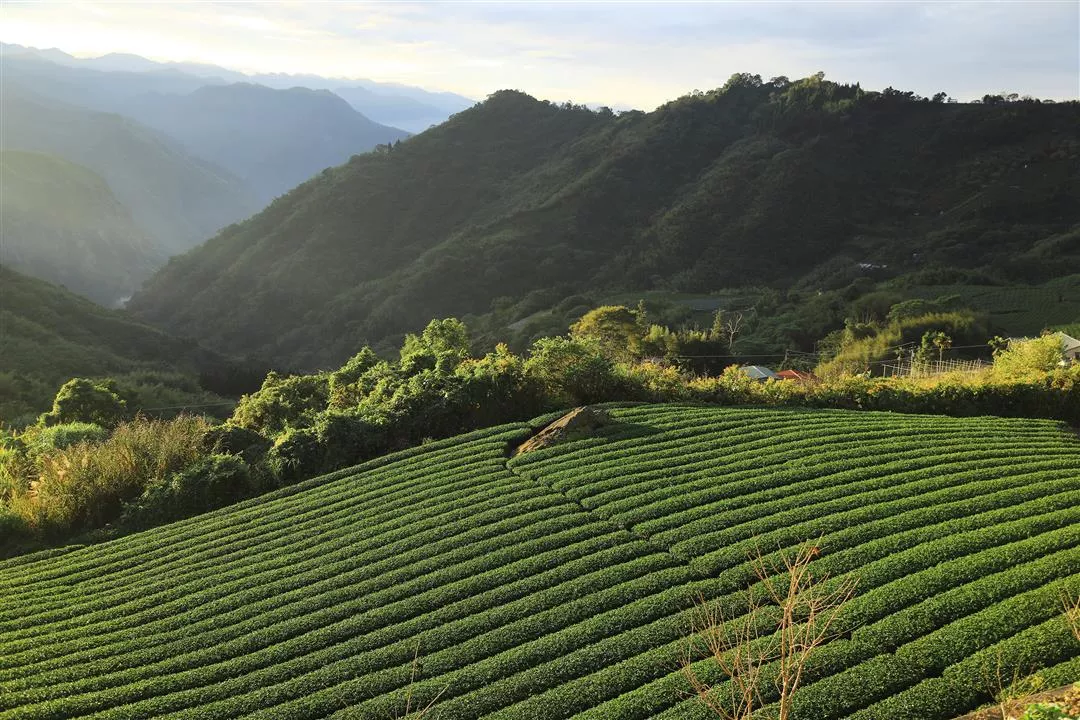

Taiwan and India share tea culture. Friends meeting over tea exemplifies the warmheartedness and hospitality of the two peoples.
Technological capability and cooperation
Last year India became the fourth country in the world (following the US, Russia, and China) to successfully land a spacecraft on the moon. What is most amazing about this story is that India achieved this remarkable goal in a very short time and at low cost. This is quite similar to the ability of Taiwanese firms to always customize their products, adopt flexible production methods, and optimally reduce costs in order to meet their customers’ needs.
Looked at this way, Taiwan and India each have unique strengths in finding high-tech solutions for society. There are opportunities and potential for bilateral cooperation that are worth exploring.
In particular, Yadav points to the “2I3T” concept. The two I’s are investment and innovation. Over 50 memorandums of understanding have already been signed between Indian and Taiwanese universities, and there is further potential for cooperation in the fields of aerospace, information technology, and other areas of science and technology. Meanwhile, the three T’s are technology, talent, and trade. India’s pool of professionals can help fill gaps in the availability of technical personnel in Taiwan, and there is scope for cooperation in sectors such as marine products, agriproducts, machinery and components, including in high-tech fields like semiconductors, the Internet of Things, smart cities, and green energy solutions.
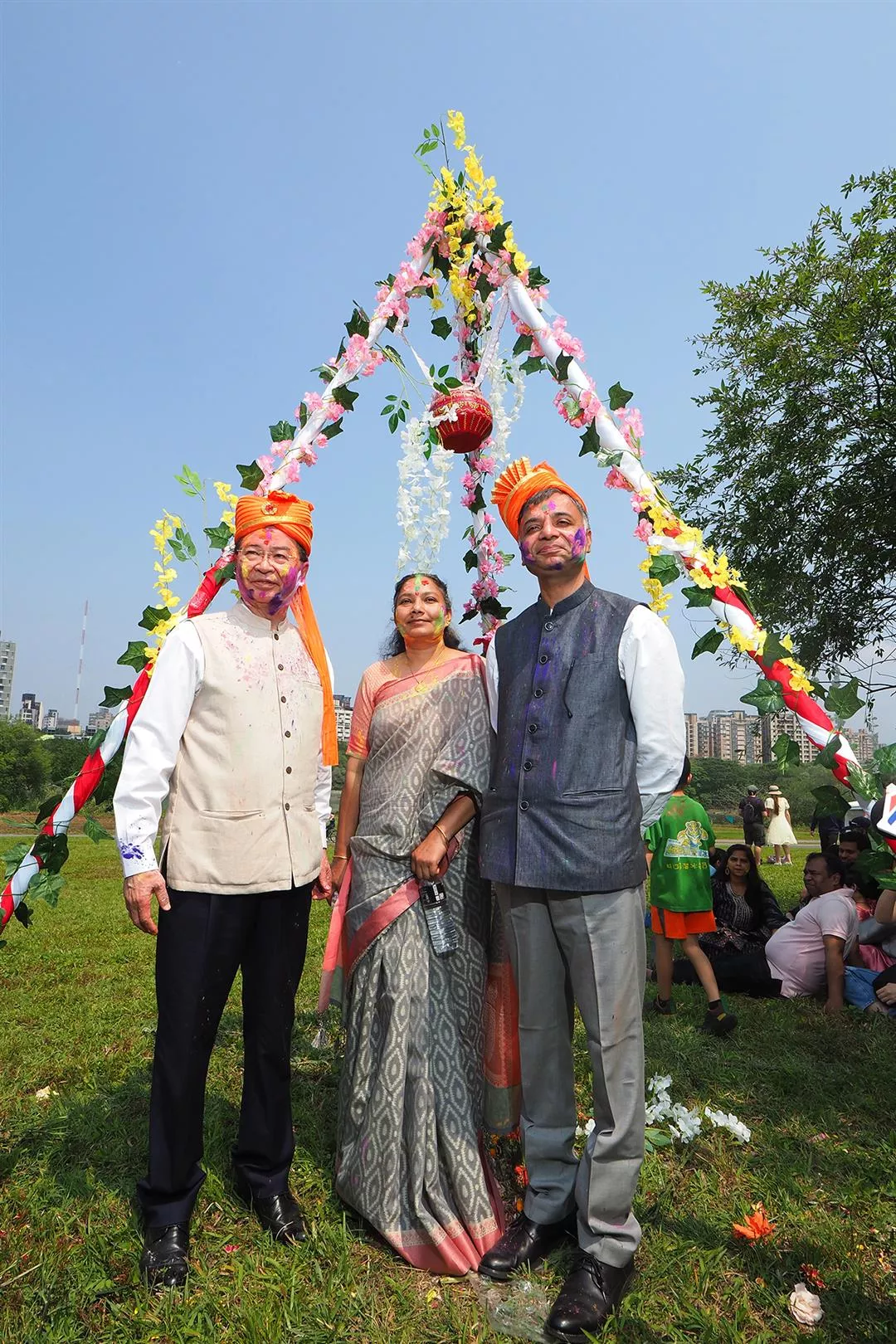
A matki phod was set up at the Holi celebration in Taipei, and Yadav, his wife, and Joseph Wu posed for this commemorative photo next to it. It is an Indian custom to suspend ceramic pots in high places, and men have to form a human pyramid with the aim of smashing the pot. The one who succeeds is the “Holi king”!
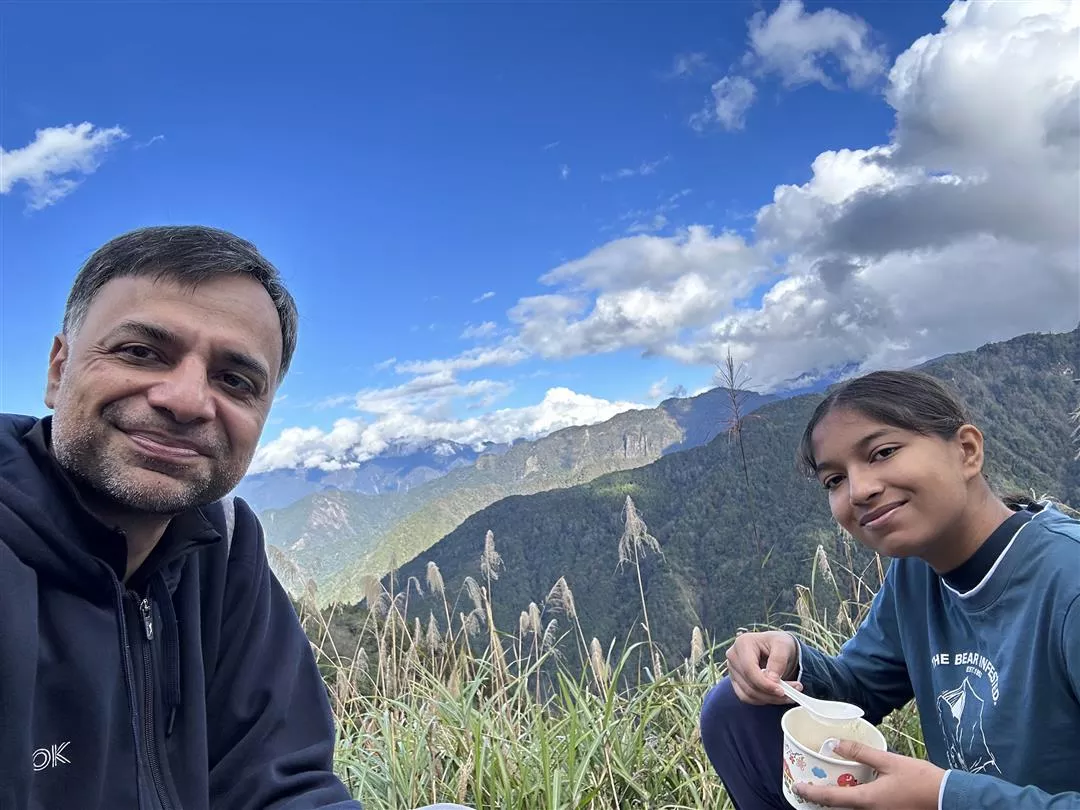
Manharsinh Yadav and his family climbed Yushan, Taiwan’s highest peak, where they enjoyed the beautiful mountain scenery. (courtesy of ITA)
Taiwan waiting to be experienced
Yadav’s primary missions in his assignment to Taiwan are to strengthen economic ties between Taiwan and India, promote mutual cooperation and understanding, and contribute to the advancement of bilateral relations. But he reveals that his private wish-list for his stay here also includes thrilling adventure travel and cultural experiences.
Yadav has already visited many localities in Taiwan, from Keelung, Heping Island, Baishawan and Yeliu in the north to Tainan in the south and Yilan in the east. He says that Taiwan’s long and beautiful coastline often reminds him of his native Gujarat. For example, there is an excellent beachside path in Keelung which brings to mind a trail near Somnath Temple in Gujarat.
“Did you know that I traveled to Yushan?” asks Yadav. On New Year’s Day of 2024, he and his family arranged to ascend Taiwan’s highest peak, Yushan (Mt. Jade). Unfortunately, they had to turn back only one-and-a-half kilometers short of the summit, yet he was nonetheless impressed with Taiwan’s unforgettable mountain scenery. Yadav shares that the scenery of Yushan reminded him of the layered ridgelines of the Himalayas. He adds that the mountains will always be there and he will definitely visit Yushan again.
Another important goal is to make a round-the-island bicycle trip. He looks forward to immersing himself in the breathtaking scenery and coming into contact with various local cultural features. From the hustle and bustle of Taiwan’s cities to the relatively quiet countryside, he wants to feel the richness and diversity of the island.
Yadav also wants to learn Mandarin, and he even sent out Lunar New Year greetings in Chinese over the Internet. “Beyond its practical utility, learning Mandarin opens doors to deeper connections with the locals, allows a more profound appreciation of literature and the arts, and enhances my overall understanding of Taiwan’s heritage,” he states. Finally, he is anxious to participate in traditional celebrations. He remarks: “Taiwan’s traditional festivals are renowned for their cultural significance and vibrant celebrations. Each event offers a unique glimpse into its rich history and customs.” He wishes to experience the various flavors of lifestyle that Taiwan has to offer.
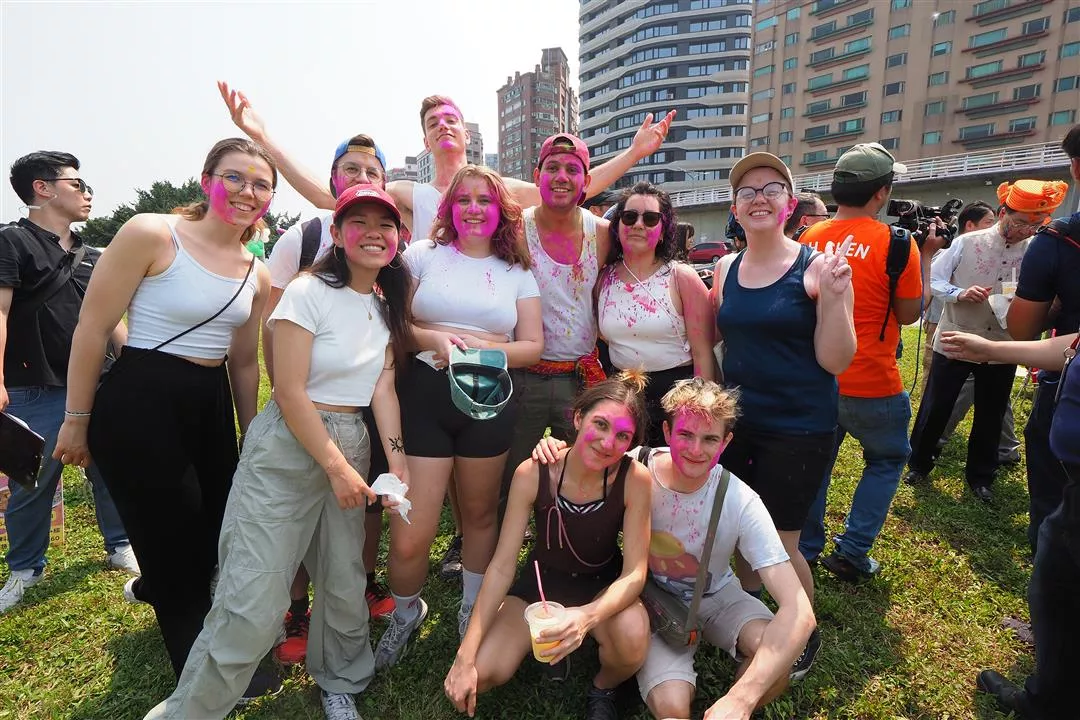
The most significant characteristic of the Holi Festival is its extolling of love and equality.



@List.jpg?w=522&h=410&mode=crop&format=webp&quality=80)


@List.jpg?w=522&h=410&mode=crop&format=webp&quality=80)
@List.jpg?w=522&h=410&mode=crop&format=webp&quality=80)